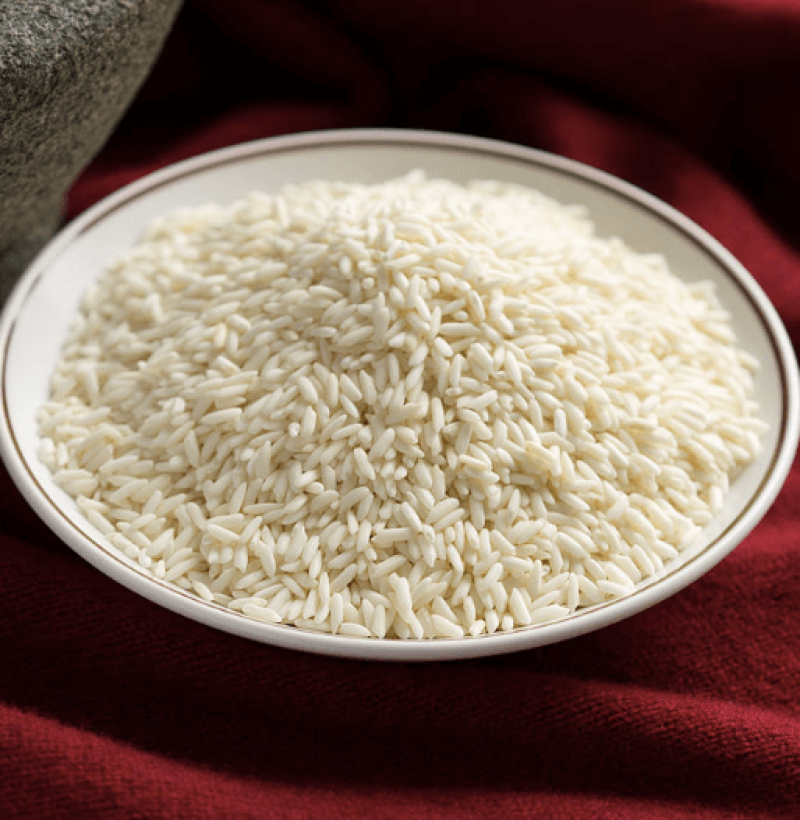Rice is the staple food for billions of people throughout the developing world. But beyond easing hunger pains and providing carbohydrates for energy, it has little nutritional value.
It means many people who depend on rice as a staple food are effectively being starved of essential micronutrients such as iron, zinc and pro-vitamin A.
. . . .
But researchers are now on the cusp of making a real difference. University of Melbourne plant geneticist Dr Alex Johnson and colleagues have created a genetically modified (GM) rice that produces grain with significantly more iron and zinc through a process called biofortification. . . .
In results recently published in Scientific Reports,. . . Dr Johnson and colleagues describe how they were able to grow iron and zinc biofortified rice plants in the field. . . .
“The results shows that this technology actually works in the field, not just in the glasshouse,” says Dr Johnson, from the School of BioSciences. “We exceeded our biofortification targets and the rice was just as high yielding as existing rice varieties.”
The GLP aggregated and excerpted this blog/article to reflect the diversity of news, opinion and analysis. Read full, original post: A biofortified rice high in iron and zinc is set to combat hidden hunger in developing countries































